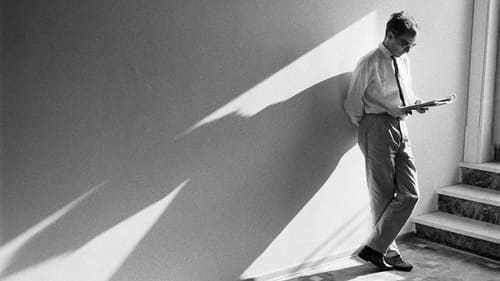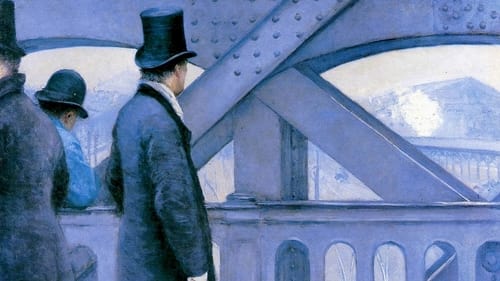
Jean-Luc Godard is cinema, its quintessence. Just turned 91, he has made more than 140 films. We hate him as much as we worship him. Where does his aura come from? From legendary films of course, but also from Godard himself. He is a public figure as much as a man shrouded in mystery. Everything and its opposite, he has taken all possible paths. It is not easy to seize such a legendary, enigmatic giant. Godard’s itinerary follows one direction only: a constant renewal of his art. He sees the creative act as a necessary act of criticism and deconstruction.” I always start from the negative. I am a positive man who starts from the negative”. The artist reinvents himself tirelessly, and inevitably destroys himself. This portrait wants to take us beyond the clichés of a myth that has sometimes become caricatural, to meet a man more sentimental than it seems, a man inhabited, sometimes surpassed, by his art. Because yes, Godard is human. Not just a machine who thinks and creates images.

Self - Film Curator
Throughout the 19th century, imaginative and visionary artists and inventors brought about the advent of a new look, absolutely modern and truly cinematographic, long before the revolutionary invention of the Lumière brothers and the arrival of December 28, 1895, the historic day on which the first cinema performance took place.

Self
Five, even six, variations on a theme, commentary and interpretation of the same photograph. An exercise to tell and summarize the history of the Cinémathèque française.

Himself
This distinctly personal journey into the artistic possibilities of independent film is not to be missed. Jonas Mekas, Jean-Pierre Gorin, Robert Kramer and many other visionaries and mavericks of the silver screen – as well as a book seller, a critic and a psychoanalyst – discuss what cinema has meant to them, what it is and what it could be and, implicitly, how it has changed over the 18 years in which this film was shot. Director Boris Lehman leads the charge, drawing in moments of absurdist humour and inventive camera work; he keeps things raw and spontaneous. His encounters with the now much-missed Jean Rouch and Stephen Dwoskin are particularly touching and stand testament to their personal playfulness and candour. An engaging, absorbing, epic odyssey of a movie.

Self (archive footage)

Interviewee
A short video by filmmaker Noel Simsolo discussing Jean Cocteau and Jean-Pierre Melville’s creative relationship and the production of the 1950 film LES ENFANTS TERRIBLES.

Self
A film about an ongoing cinematic adventure that began in 1978: a vast anthology of personality portraits called Cinématons, dealing with people in the arts. Historical, ethnological, sociological and psychological, this anthology is a living record of the artistic community of the last 20th century which attempts to answer these questions: Why film everyone? Why choose cultural personalities? How do the subjects look at their image? How much exhibitionism and narcissism is involved in being filmed?

Self

Camera Operator

Producer
This French documentary pays homage to a young man whose passion left a rich and valuable legacy to the world of cinema. Henri Langlois was one of the co-founders of the Cinematheque Francaise, a museum which contains many rare artifacts from early cinema as well as one of the most extensive film archives in the world. This documentary will be most meaningful for those already familiar with Langlois' story. Through old film clips and interviews, Langlois is seen as an eccentric but charismatic young visionary obsessed with preserving and locating old films. Filmmaker Edgardo Cozarinsky uses scenes from Citizen Kane to compare the portly iconoclast to Charles Foster Kane, in that both Langlois and Welle's fictional newspaper magnate where avid collectors, and both were men of mystery.

Producer
A voyage into the museum's reserves, and part of the extra work involved to mount the expositions after the renovation of the Louvre in the 1980s, when the glass pyramid was added to the classic buildings. From the preservation rooms through the frame and painting retouches by experts, to the personnel instruction on how to be efficient in protecting the collections, and look nice to the visitors. (Written on IMDB by Artemis-9)

Producer
A companion piece to the earlier film ‘The Death of Empedocles’, 'Black Sin' is an adaptation of the third version of Friedrich Hölderlin’s play ‘Der Tod Des Empedokles’.

N°333
Reel 34 of Gérard Courant’s on-going Cinematon series.

N°100
Reel 11 of Gérard Courant's on-going Cinematon series.

Himself
Dominique Paini's portrait by Gérard Courant (1980 - silent).








